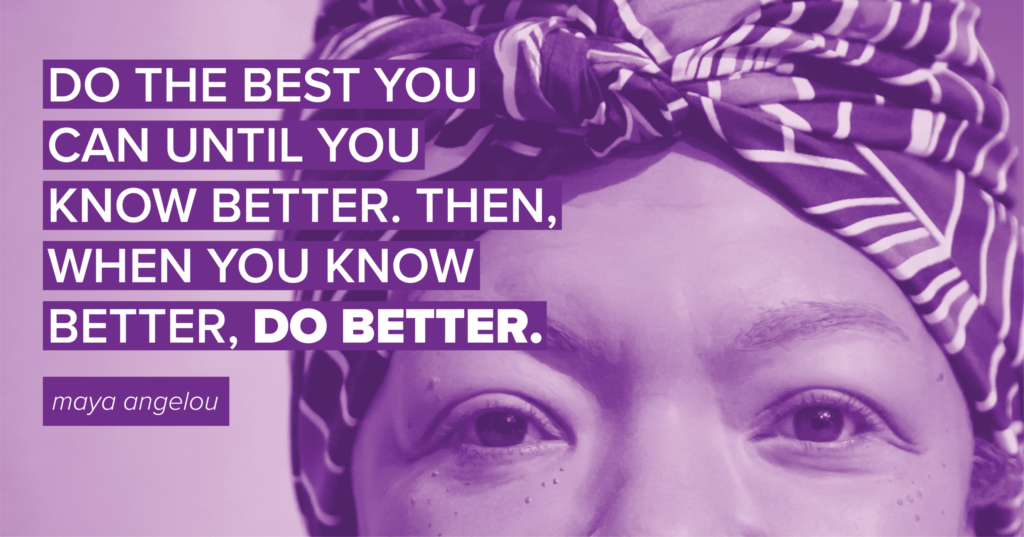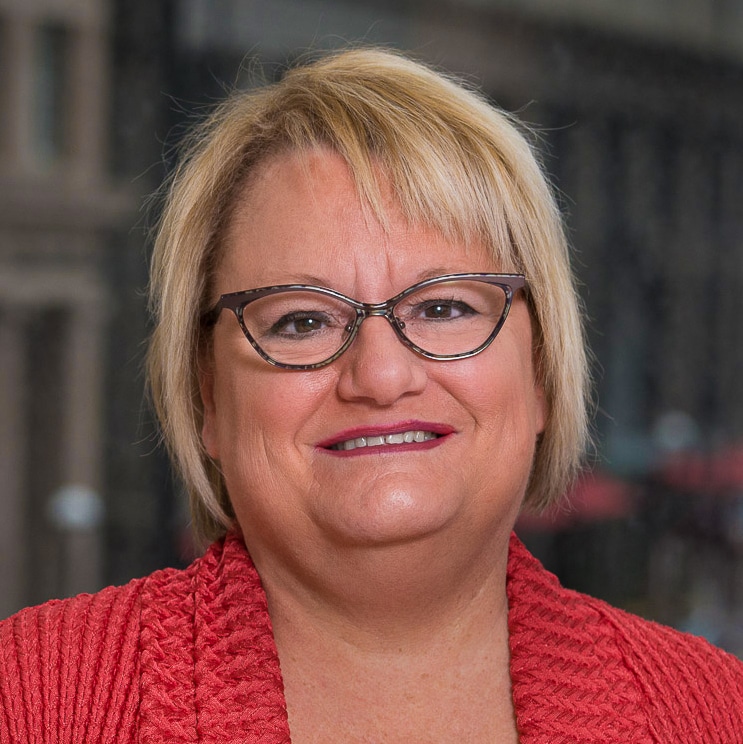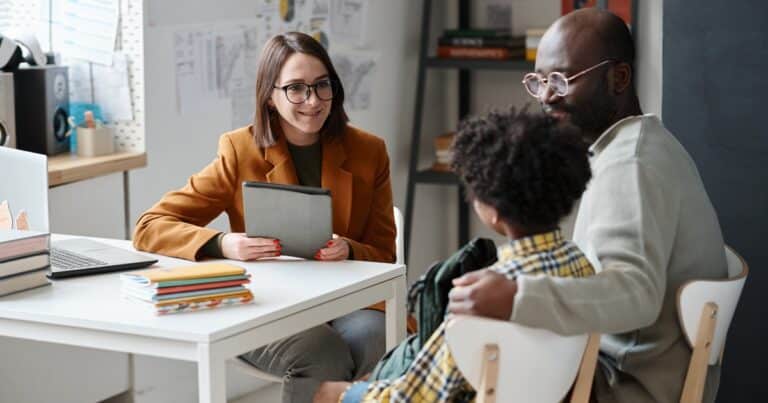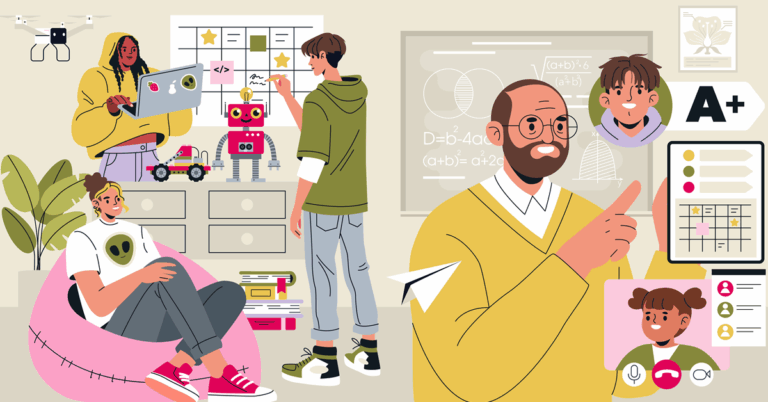Making the move from a traditional teacher-centered classroom to a learner- or student-centered classroom can be daunting. But when we empower our learners, their potential is unleashed. School and learning are no longer things that are done to them; they’re done with them.
While it’s in our nature is to run to the rescue, solve problems and to compose, conduct and orchestrate every minute of learning, we have to ask ourselves, what are we doing for learners that they could be doing for themselves? Where can we step back and let our learners step up?
The strategies below are all about building agency – helping students learn to advocate for themselves, make choices, practice self-awareness and develop an understanding of themselves as learners. That’s the point of learner-centered, learner-driven environments and approaches.
Here are three practices teachers can implement in the classroom to help make learning more student-centered.
Choice boards
Providing students with the opportunity for choice has always been a keystone of differentiated instruction. In my classroom, I provided kids a menu or choice board where they chose the product they wanted to create as evidence of learning. In English language arts instruction, students could choose to demonstrate comprehension of a novel of their choice by writing another chapter in the novel or developing a different ending, comparing the protagonist to the antagonist, illustrating the setting or creating a storyboard detailing the conflict. It was a good start.
But if I were teaching those same classes now, I might introduce the choice board with the standard and the learning target, used pre-assessment data to determine a learner’s pathway and then provided leveled choices for the learning activities and tasks. When I work with teachers in our partner districts, we work together to make this same sort of shift.
Learner profiles and data notebooks
Daniel Pink, author of A Whole New Mind and Drive, reminds us that we must first know our learners and then we must help our learners know themselves. And John Hattie of Visible Learning encourages a shift from what teachers are teaching to what students are learning.
Many of the teachers I work with use data notebooks with their students as a way of involving the kids in goal setting and progress monitoring. But what if we included learner profiles in the notebooks, where learners set goals and reflect on the ways in which they learn best? “Do I learn my math facts when I am using flashcards or working with a partner?” “What do I need to do my best on this task?” When students track and monitor their own progress, they begin to understand themselves as learners.
Flexible learning environments
Flexing the space in classrooms is a component of personalized learning, and it goes beyond offering swivel stools or bean bags. How is space being used to support the learning experience? Try thinking about your classroom in terms of zones – is there a collaboration zone? Is there a studio or lab space? Are there places for kids to work independently and minimize distractions? Does the environment provide or speak to various ways in which kids learn – listening centers or calming spaces?
When teachers help students make purposeful choices about where and how to work, learner agency grows. Students can then reflect on their choices. “Did that work for me? What did I learn about myself? How will that help me decide for the next time?”

This quote from Maya Angelou has been a guiding principle for me both in my work in the classroom and for life in general. It’s what we ask of our students and it’s what we all need to strive for in our own practice.






